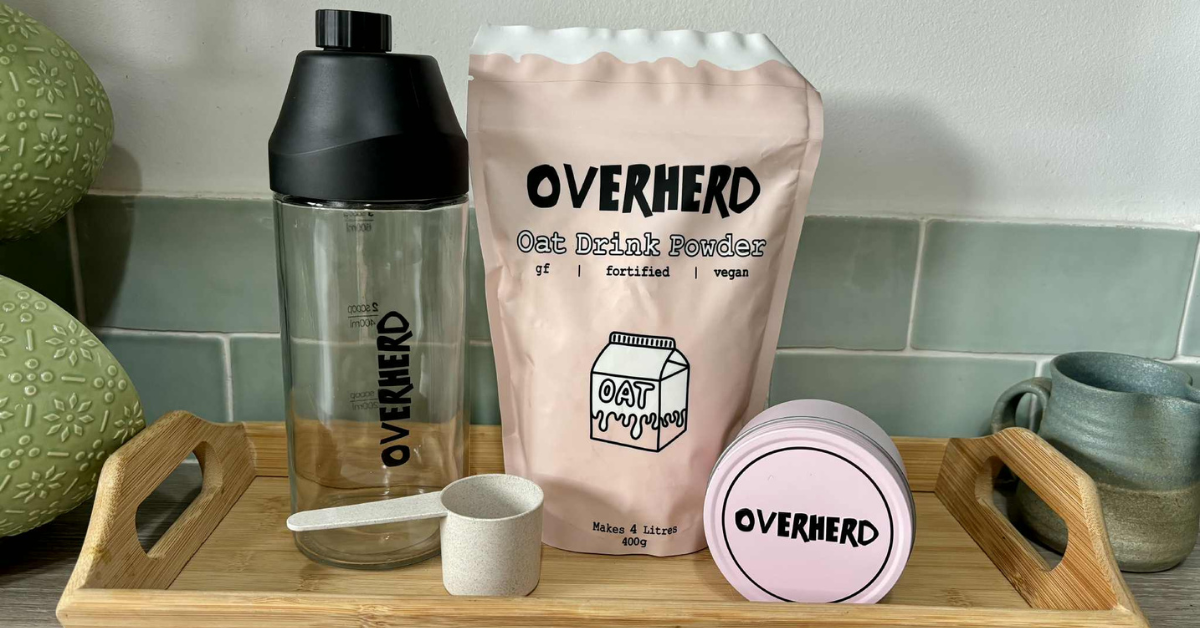
How to Make Your Home Exterior More Eco-Friendly

*Collaborative Post
More homeowners are becoming increasingly aware of the need to monitor and control their home’s impact on the natural environment. Unfortunately, in most cases, the focus falls mainly on strategies that affect the home’s interior. However, your exterior also demands as much attention, especially when it makes more of an environmental impact than you may realise, from your siding to building materials. Plus, your home’s exterior is where you host your outdoor fun activities, and you must ensure that nothing you do there negatively impacts the environment. So, here are some tips for making your home exterior more eco-friendly.
1. Use green materials when renovating or remodelling
If you’re considering renovating some areas of your home’s exterior, you have an opportunity to sneak in a few eco-friendly modifications. For example, if you’re thinking about adding a wooden deck, building a garden shed, horse shed, or any other exterior home project that needs wood in its construction, consider using reclaimed or recycled wood from other structures. Of course, you may not use reclaimed wood for the entire project, but you can find reactive ways to incorporate them. You can also consider using reclaimed concrete, wrought iron, and recycled timber, in various exterior renovation projects.
If you’re looking to add a more modern touch to your project, a steel square tube can be a fantastic option for framing and supports. Not only do they offer a sleek appearance, but they also come in many forms recycled from old constructions, reducing new production demands and the associated environmental impact.
2. Consider eco-friendly siding materials
Your home’s siding is a crucial feature of the building’s exterior. Believe it or not, siding can decrease your home’s energy usage, especially when you combine it with insulation panels to increase its insulation performance. Siding can also reduce your cooling needs and improve the efficiency of your furnace. You can consider upgrading your current siding materials with more eco-friendly alternatives. A good example is investing in fibre cement siding, which emits few toxins. Plus, it gives your building the same aesthetics or visual appeal without needing to cut down trees or make plastic.
Aside from the siding, consider using high-quality materials for your roof gutters. Materials built to resist damage will last longer and prevent frequent repair works.
3. Establish a link between indoors and outdoors
Blurring the lines between your outdoors in indoor spaces means making architectural changes to maximise the natural elements without affecting the concept of your house. It goes beyond simply opening your windows to let in some fresh breeze, as it covers every essential modification that makes it possible to make the exterior of your home greener. For example, you can install window walls that open up to the exterior space or consider glazed doors with operating windows. Such architectural options can reduce the burden on your home’s cooling system.
4. Invest in eco-friendly outdoor strategies
If you love to spend time in your garden or backyard, you can create a more eco-friendly outdoor space by investing in sustainable or eco-friendly furniture. There are several ways to add eco-friendly touches to your space, from the chairs and tables you use to host friends to your garden activities. If you have an outdoor garden, be sure to recycle and reuse materials, make compost from household waste, find ways to conserve water usage in your garden and on your lawn, etc.
5. Foster a bee-friendly environment
Another eco-friendly strategy that will not only aid in pollination but also enhance your backyard aesthetics is to encourage “queen bees” and their colonies. Encourage these queen bees, the female leaders of a hive, to visit and possibly inhabit your garden by planting flowers that bees love. Bees are attracted to diverse flora, so mix a variety of flowering plants, both perennial and annual. These small creatures are crucial for a healthy ecosystem, but they are increasingly under threat due to pesticides and habitat loss. You can take Mother Nature under your wing by making your outdoor space a haven for these little pollinators.
*This is a collaborative post. For further information please refer to my disclosure page.




